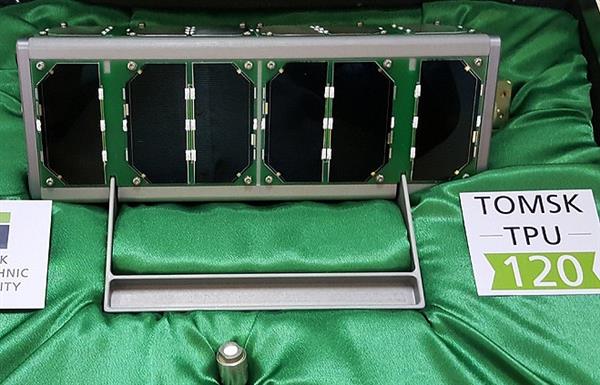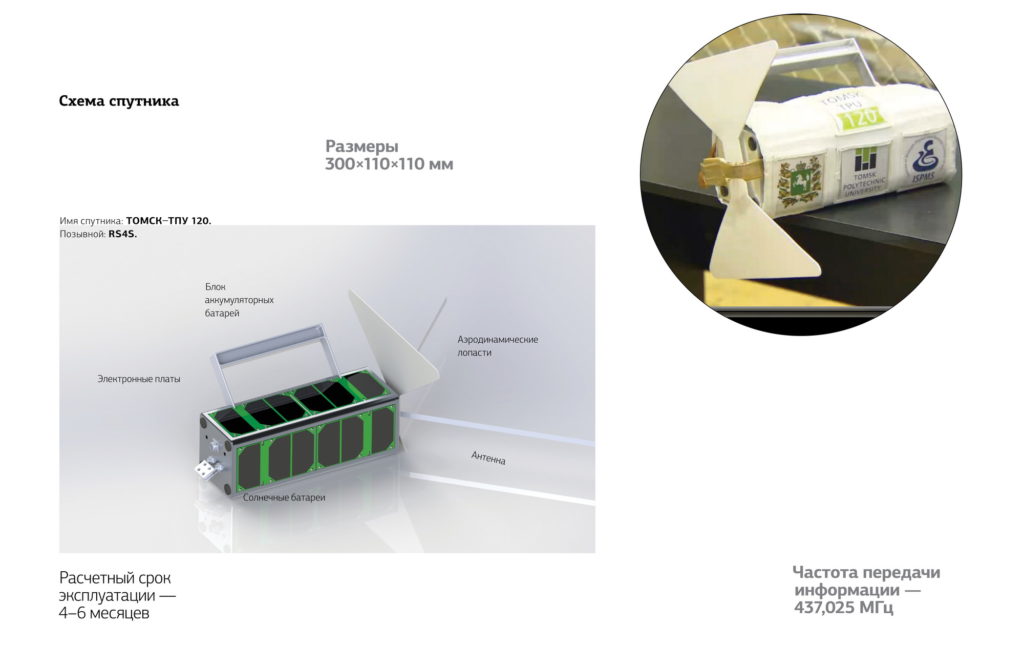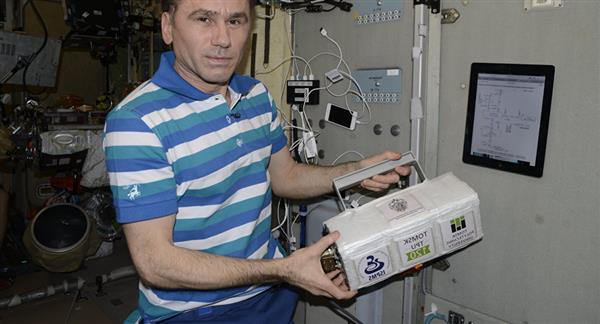Since Spring 2016, the Tomsk-TPU-120 satellite awaited for the “go” before being sent into space from the International Space Station (ISS). Yesterday, Tomsk Polytechnic University announced the good news:
“On Monday, the satellite’s systems will be checked, and its batteries will be charged from the Station onboard equipment. The launch is scheduled for August 17.”

Russian cosmonauts Fyodor Yurchikhin and Sergei Ryazansky will carry out the launch.
For four to six months, the satellite will be staying in the open space, reporting to the Earth the temperatures on board, plates and batteries as well as electronic components.
This will allow scientists to find out if materials will be useful in construction of space devices.
The 3D printed Tomsk-TPU-120 project
As a reminder, the satellite was created by Tomsk Polytechnic University, the Energiya Aerospace Corporation and the Institute for Studies of the Physics of Strength and Material Engineering of the Russian Academy of Sciences in Siberia.
Built with 3D printing technology, the nanosatellite is 30 cm length; its width and height are 11cm.
Scientists equipped the device with a 3D printed casing and 3D printed ceramic battery packs, making it the first 3D printed satellite.

Last year, they explained that “this is the first 3D printed satellite shell, showing that 3D printing technology has created a breakthrough for manufacturing small satellites, making them more massive and convenient.”
//pagead2.googlesyndication.com/pagead/js/adsbygoogle.js
(adsbygoogle = window.adsbygoogle || []).push({});
For further information about 3D Printing, follow us on our social networks and subscribe to our newsletter!






